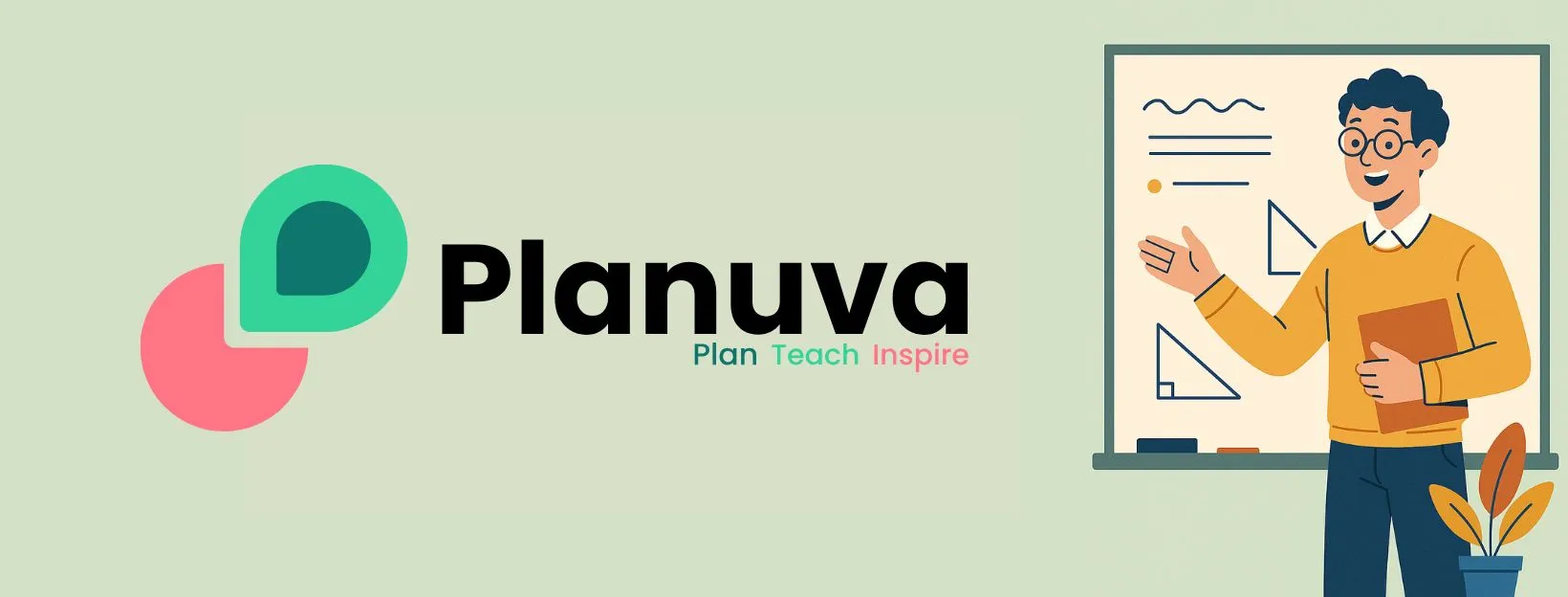
Letting go of overplanning
6/23/2025
One of the biggest misconceptions in teaching is that the more you plan, the better your lesson will be. If you’ve ever spent hours scripting every activity down to the minute, you know the feeling — a colour-coded plan, beautifully sequenced that pleases your colleagues and boss.
Then the bell rings, and things start go to wrong.
A laptop won’t connect. Disruptive students not listening. Half the class forgot their books. That rich discussion you planned? Gone in three minutes. And suddenly you’re racing the clock, trying to “get through” what’s in the plan rather than teach something they will remember.
We need to challenge that planning everything in minute detail correlates with lesson quality.
In reality, the best lessons often come from doing less — and leaving space.
Space to notice how your class responds. How it is flowing. And what is right for your students.
Great teaching still needs structure. But the structure shouldn’t be so rigid that it breaks the moment anything unexpected happens (which, in schools, is most of the time).
Instead of trying to script the entire lesson, plan for the big moves:
-
What do students need to learn?
-
How will you check if it’s working?
-
What will you use to support their understanding?
-
Where can you slow down, speed up, or pivot if needed?
The best plans are flexible. They guide you, but they don’t box you in. They help you feel prepared, but not constrained. They leave room for the real magic of teaching — the unscripted moments where students surprise you, or challenge you, or take the learning somewhere you didn’t expect.
That’s why we built Planuva — to support teachers with planning that actually works in the real world.
Register your interest at https://planuva.com